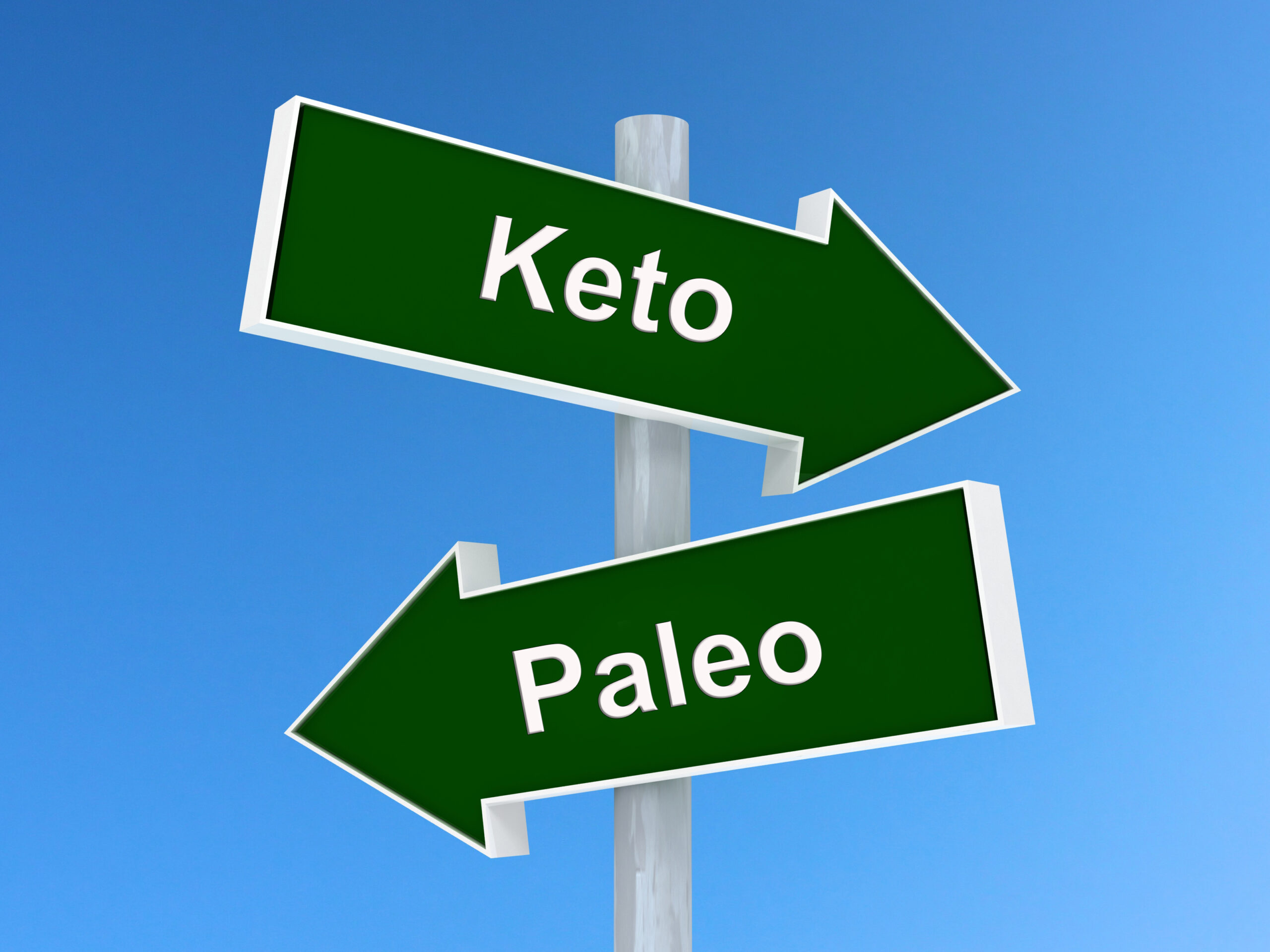Diabetes is a chronic disease that currently affects 425 million people in the world. It is an excess of sugar in the blood, provoked by a lack of insulin which impedes the sugar to go from the blood to the cells. Its diagnostic entirely upheaval a patient’s habits, and especially requires adopting a new nutrition balance.
Let’s throw back a little… they are three main nutrients in food : carbohydrates, protein and fats. Carbohydrates are the main nutrient in food that affects your blood sugar level. It becomes very clear that carbohydrates counting is an effective way to keep track on your blood sugar level.
To be more precise, for people with type 1 diabete, and those with type 2 diabete who require insulin, carb counting is a way of matching insulin requirements with the amount of carbohydrates that they eat or drink. For those with type 1 diabete, counting carbohydrates help spreading them throughout the day, to ensure blood sugar control.
Carbohydrates are present in many foods such as bread, rice, pasta, fruits, vegetables and even in meat. Certain foods contain significantly more carbohydrates than others.
The table below shows food groups that contain carbs, and examples of foods included in those groups, what counts as one serving of these foods, and amount of carbohydrates in one serving from each group:
| Food Group | Includes: | One serving equals to: | Carbs per serving (grams) |
| Starches | Bread | 1 slice | 15 |
| Cooked grains (examples: rice, quinoa, barley, pasta) | ⅓ cup | ||
| Breakfast cereal | ½ cup | ||
| Legumes (examples: beans, lentils) | ½ cup | ||
| Starchy vegetables (examples: potatoes, squash, corn, peas, sweet potatoes) | Varies | ||
| Fruits | Fresh cut-up fruits | ½ cup | 15 |
| Whole fruit (examples: apple, orange)` | 1 (medium sized) | ||
| Banana | ½ unit | ||
| Small fruits (examples: plums, kiwi, clementines) | 2 (small sized) | ||
| Strawberries | 2 cups | ||
| 100% pure fruit juice | ½ cup | ||
| Non-starchy Vegetables Contain a lot of water and are lower in carbohydrate | Cooked vegetables | ½ cup | 5 |
| Raw vegetables | 1 cup | ||
| Milk and Alternative This group excludes cheese, since it doesn’t have a lot of carbohydrates | Milk or soy milk | 1 cup | 15 |
| Yogurt, plain | ¾ cup | ||
| Yogurt, sweetened or flavoured | 100ml or 100g | ||
| Other Foods High in carbohydrates usually in the form of sugar | Cake, cookies, candy, muffinSoft DrinksSpreads and jams | Varies depending on the food | 15 |
*you may have noticed that meat and fats are missing from the table. Food in these groups are rich in protein and/or fat but don’t contain any carbohydrates, so they won’t raise your blood sugar. This doesn’t mean that you don’t have to control how much you eat. Yes, blood sugar control is important but we also want you to always make healthy choices.
So with the table above, what does it REALLY mean?
It means that one serving from the Starches group (e.g 1 slice of bread) will give you 15 grams of carbohydrates.
15 grams of carbohydrate is also called 1 carb exchange. Therefore, one serving of Starch, Fruit, Milk & Alternatives and Other Foods (15g) also equals 1 carb exchange. Using carb exchange can make it easier for you to plan your meals and to ensure that you are having a consistent amount of carbs at each meal.
This exchange system is great in helping you compare different foods in terms of their carbohydrate content and allows you to switch one choice for another while still ending up with the same amount of carbohydrates in the end.
Okay, so how many carb exchanges or grams am I supposed to be having each meal?
For now, try practising using the above table in each meal. We will dive deeper into meal planning with carb exchanges next week! Stay tuned and happy carb counting !
Reference:
EatRight Ontario. (2016). Diabetes and carbohydrate counting. Retrieved from http://www.eatrightontario.ca/en/Articles/Diabetes-Prevention/Diabetes-and-carbohydrate-counting.aspx#.V_lnBeArKM8


